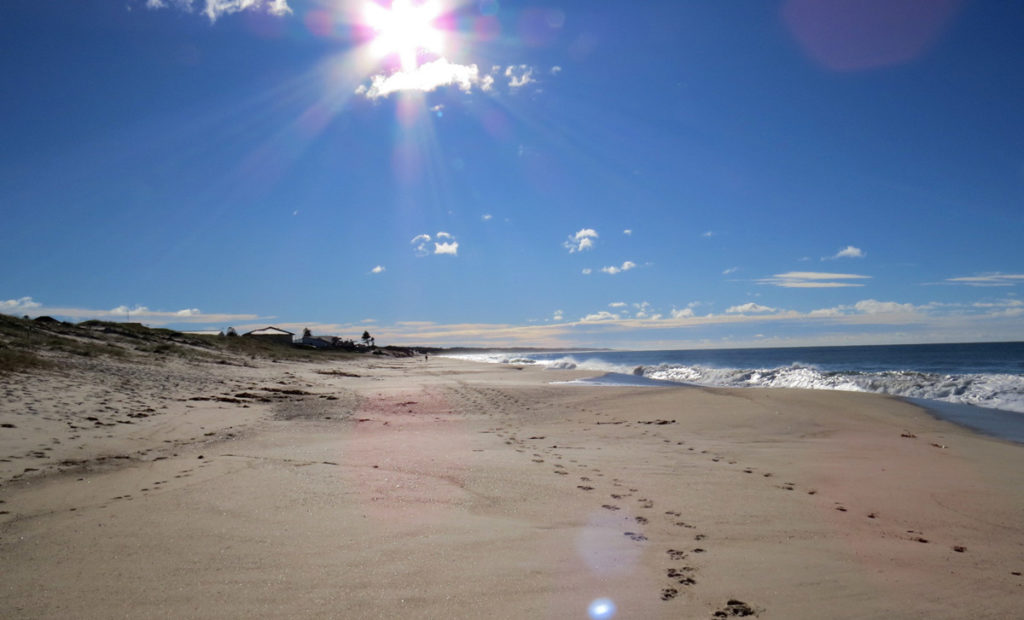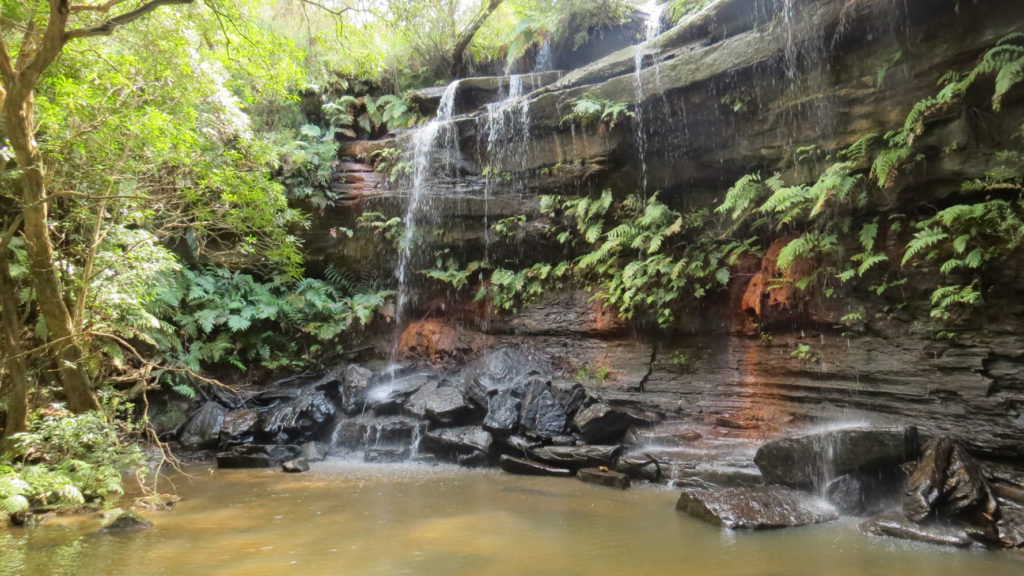We are all too young to die…
Sure, it sounds like an alarmist title, but if there one thing you can be sure about is the fact that you, me, absolutely everyone is going to die at some point
However, none of us wants it to be on the plane, on the first leg of an overseas adventure. Surely none of us wants that (maybe you do – that’s ok but you are in the minority – and stop here the following tips are not for you).
That is almost what happened to me, on my first international trip the bullet-ridden plane from Jarkata, with toilets that didn’t work, a seat rest that fell apart when I sat down. The plane skittered down the runway, took a few failed attempts at taking off before it was airborne, and then flew straight into a lightning storm.
In my terrified state I negotiated a deal with life, let me live, write and travel. In return, I promise to live life to the fullest. And then if you still want me, I’ll welcome death at when it finally arrives.
Many flights later, I live to tell the tale, and I am still an avid traveller and have been on many more rickety flights, with only the occasional fear of crashing.
So here are a few tricks I’ve learnt on the way, that have kept me alive and have made me little wiser. Sharing these stories in the event that you find yourself in a similar situation you can save yourself or better yet avoid the situation altogether.
Getting out alive 101, lessons on not dying and what to do should you find yourself:
1. Stuck out in the ocean
First off, don’t panic. If at all possible, avoid ending up alone in the middle of the ocean. Take heed not to swim too far offshore and into a current. Don’t dive off a cruise ship, and don’t decide to snorkel and leave the boat like a plonker (that’d be me).
Next, don’t do what I did, which is try to swim. Do float to reserve your energy and hope that whoever lost you is smart enough to come and find you. Failing that, swim calmly in the last known direction of the shore.
Should you have a flare in your pocket – set it off – once you’ve removed it from your pocket, obviously!
Pray if you need to pray, pee if you need to pee, and if you see a shark, try to avoid it.

2. Avoiding being eaten by a shark,
When you find yourself at sea with a shark, a wise man or drunken surf lifesaver once told me to just stand up. The logic is that sharks can’t turn on their side, which makes perfect sense, (disclaimer: I’ve not tested this theory – so don’t try it at home).
This advice is, of course, is useless if you are in the middle ocean and the sea floor is miles down.
Tip: Stay at a depth where you can touch the bottom and stand up.
If you are out at sea and do spot a shark, stay calm (easier said than done, but try) and don’t splash around. Sharks might mistake you for a dying fish, and you’ll end up on the menu.
Do remind yourself that sharks by and large don’t prefer human meat, they prefer seals… obvious tip: Don’t mimic a seal.
3. Big ocean Rip and waves
Now you might end up in that big ocean with the shark if you get suck in a rip. If you’ve ever been stuck in a strong current, you know that it sucks – literally!
You scramble to remember that wisdom passed down from your surf life-saving instructor when you were knee-high to a grasshopper. Hoping for a miracle, that those fatal words will come to you.
Trust me, you won’t remember. So here are so new ones: ‘relax and go with the flow’.
The worse thing you can do is panic and swim against the rip to vainly attempt to get back to shore. The strongest part is in the middle of the rip. Try to stay afloat and let it pull you out, in the end, it will fling you out and free.
As soon as the pull loosens, swim parallel to shore, well past it and then swim back in. This is one of those instances that it pays to know how to float well. Reserve your energy to get past it and back to shore.
See a surf life-saver give them a wave, they should come out and rescue you. Check out this handy guide and videos, if you want to brush up on what to do.
4. Food Poisoning
Getting food poisoning can happen anywhere and at any time. Some countries are more likely to get it than others. There is a reason that the biggest conversation in India revolves around the Delhi Belly… of which I won’t go into the details – for anyone who has been there – I don’t need to.
The best way to avoid getting poisoned is to avoid using local water; this includes ice in your drinks, water for brushing your teeth and salad that has been washed in water. Raw fish or meat can also be suspect – it’s a good time to become vegetarian.
For me, when I was beastly ill in Costa Rica the culprit was the unpasteurised cheese – an unlikely suspect. I realised it was the cheese because when I finally recovered, I ate what was left over in the fridge, which floored me for another two weeks.
Tip: Drink Coca Cola – if you’ve seen what it does to coins, you know it will kill most anything in your gut. It’s the only time it’s worth drinking.

5. Getting Attacked
All girls should learn self-defence, not in the hope that she has to use it, but so she can at least face any dangerous situation with confidence. With all danger, prevention is better than dealing with the situation.
Know the lay land, stay alert, sober and keep your eyes open. If you think you are being followed, slow down and check. Stay where there are other people and get a taxi if you feel unsafe.
In all my travels, I’ve only had to deal with the situation once. In England of all places. Thankfully a gentle self-defence move, staying calm, telling the person very strongly ‘NO’, before walking back to the main road to get a taxi up the street was all that was needed.
Luckily I was able to walk away. I wish beyond all else that we lived in a world where this wasn’t at all necessary – yet in the meantime, a little preparation means you can travel confidently and kick arse if you need to (which I hope you never do).
Tip: If you’ve not had any training – brush up, it’s never too late to learn some moves, see here
6. You find yourself in the wrong part of town:
Don’t you just hate it when this happens, you take a wrong turn; you get off the bus at the wrong stop and the next minute everyone is looking at you with the *WTF raised eyebrows*.
Play it cool, and whatever you do don’t pull out a map, or your newest iPhone. Do act like you know where you are heading. Head confidently along the shortest route back to a better area.
I’ve accidentally wandered in the Tenderloin area of San Francisco and into the back streets of La Boca in Argentina. Thankfully while in San Fran an angel came and rescued me and guided me back onto the right path. I can write it off an interesting experience.
Now I ask the hotel or Airbnb where I am staying if there are any areas to avoid – so I know ahead of time to avoid them when possible.

7. Dangerous Crocodiles, Snakes and Wildlife
While this looks like a no-brainer however you only need to look at the statistics of the tourists that die without heeding the warning signs. In Australian’s Northern Territory, the signs read ‘beware of crocodiles’. Which is why you won’t see the locals bathing there.
Tourists do – and hence the crocodiles are kept well fed.
Should you go hiking in nature, know what might be lurking and the right way to respond. Ask the locals or the hotel where you are staying about the local wildlife and get any tips and pointers. Snakes in Australia will run if you stomp or make noise, while the ones in Costa Rica are curious and will come closer for a look.
Tip: If all else fails and you do get bitten, try to take note of what did bite you, the colours, shape and size – it’s the only way to know what antidote is right and what action is needed.

8. Arriving late at night
When you are backpacking and jump on a train it’s always pretty smart to know what time you are arriving somewhere and to make sure you have some local money or credit card.
If you are arriving late at night and don’t know the local language, book a place to stay ahead of time or even a taxi, and have a map with you.
I made the mistakes when I got the ferry to Sicily where I arrived at midnight. I had no credit card, I had no local money. I had no Italian language skills and I had no idea where I was staying. No one at the ferry terminal spoke English, and no one could recommend a place to stay.
Luckily one taxi driver took me to an upmarket hotel that was open, they let me booked me in with the understanding that I’d have to go to the bank the next day to pay them, and the taxi driver. The kindness of strangers is as incredible as my stupidity.
Which reared it’s head again the next day when I went to the bank without taking note of the address or name of the hotel… It took me 8 hours to trace all my steps back to it. It was the first and last time I made that mistake.
Tip: Always grab a card from the hotel with its name and address. This is also very handy when in Asia where the taxi drivers can’t understand the name, address or a map.
We all live and learn. Thankfully even if at times it’s the hard way.
9. Hitchhiking
Best way to avoid being left out in the middle of a field in the rain at 3 in the morning or stuck in a car with a load of rednecks, is to simply not hitchhike.
If it’s a small town in a safe country and you must, do so with caution. I have friends who hitchhike everywhere – they are also blokes. So I prefer to play it safe, and avoid it – buses are cheap, easy and safe.
10. Taxi Rip-Offs and getting run over
I know your thinking that taxies are surely not that dangerous. Maybe you’ve never argued with one so much that he then tried to run you over twice. Or had one in Argentina who threaten to throw you out onto the freeway (without your bags which were in the back).
The first taxi was in Amsterdam, where I was living and I have to say despite being a reasonably organised country, it has the worst, obnoxious and terrible taxi drivers that I have ever come across. The train into town is the safest, cheapest and best bet.
Tip: Don’t use unmarked cars that you find at the airports. Use a reputable company or book before if possible. If you have a hotel, see if they’ll arrange it or at least advise you on the rough cost.
Sure being ripped off when you travel is part and parcel of the adventure, yet trying to avoid the hassle, threats and abuse is also wise.

Surviving long enough to travel another day
So now that you know all my secrets on staying alive, you’ll live long enough to travel for another day. Really travelling is not that dangerous, confidence and common sense go a long way – be sure to carry them with you at all times.
And remember:
Life is short; death is long – so avoid it while you can. A famous Native American once said ‘It is also a good day to die’… but it’s less of a good day to do so while travelling!
p.s. One of the biggest threat to travellers today is their own stupidity. Hanging off a rock on the edge of a cliff while taking a selfie is perhaps the universe’s way of population control… It’s not on my list as it’s not something I’ve would consider doing or planning any time in the future. Simple common sense says perhaps you should avoid it too.
Photo credits for lovely images go to:
Photo by DDP on Unsplash
Photo by Markéta Marcellová on Unsplash
Photo by Lubo Minar on Unsplash
Photo by Ali Arif Soydaş on Unsplash
Photo by Gabor Monori on Unsplash
Photo by Luke Stackpoole on Unsplash
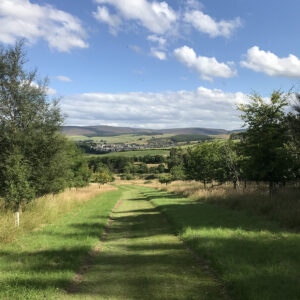 minutes outside Dufftown. On the other hand, the Convals can be accessed from Dufftown, with the path beginning at the rear of the Golf course. For more information on the various walks in the area, a local map is available for download.
minutes outside Dufftown. On the other hand, the Convals can be accessed from Dufftown, with the path beginning at the rear of the Golf course. For more information on the various walks in the area, a local map is available for download.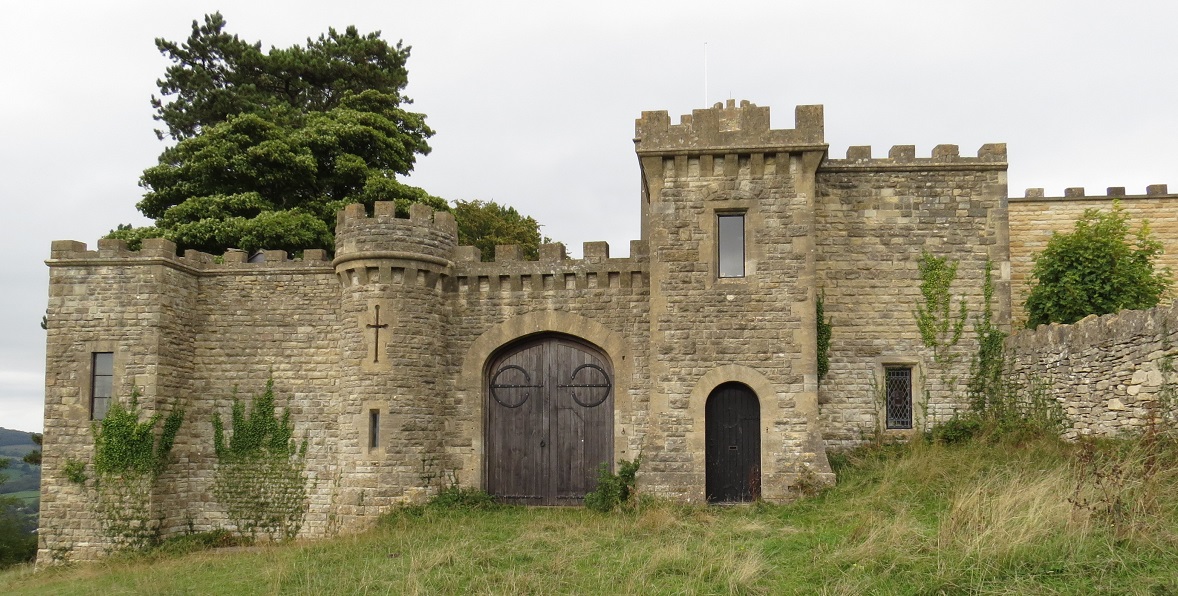
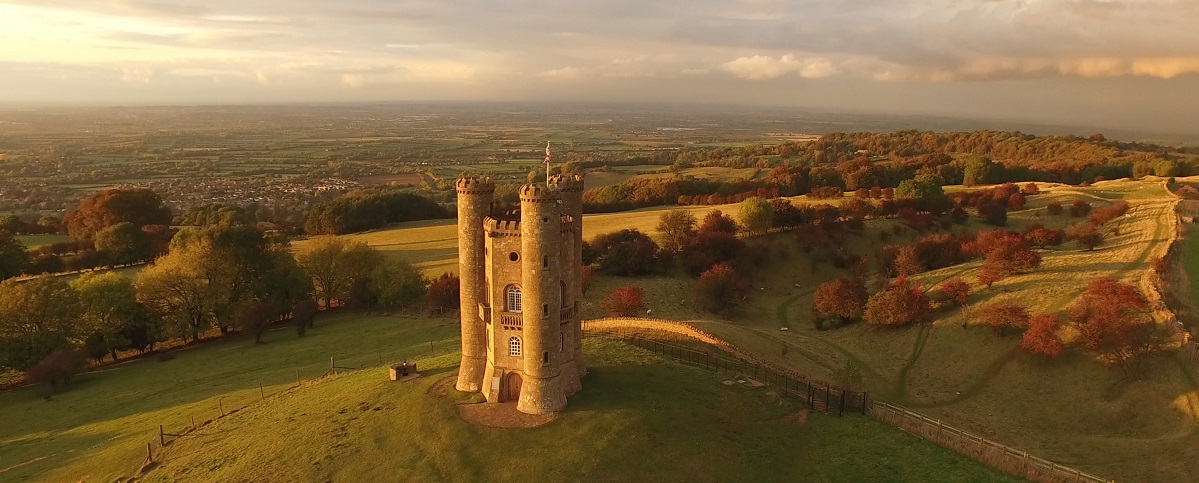



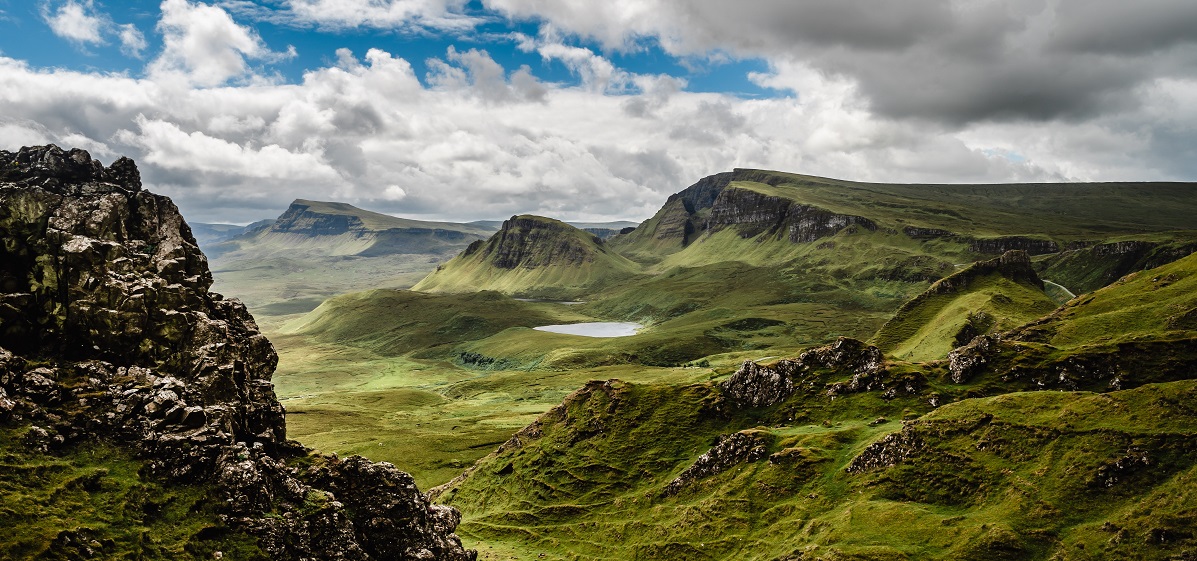
 This story is just that, every day that reaches out and touches us profoundly. It’s a moving story, based on true events around the death of a boy’s father and the effect it has on the family.
This story is just that, every day that reaches out and touches us profoundly. It’s a moving story, based on true events around the death of a boy’s father and the effect it has on the family.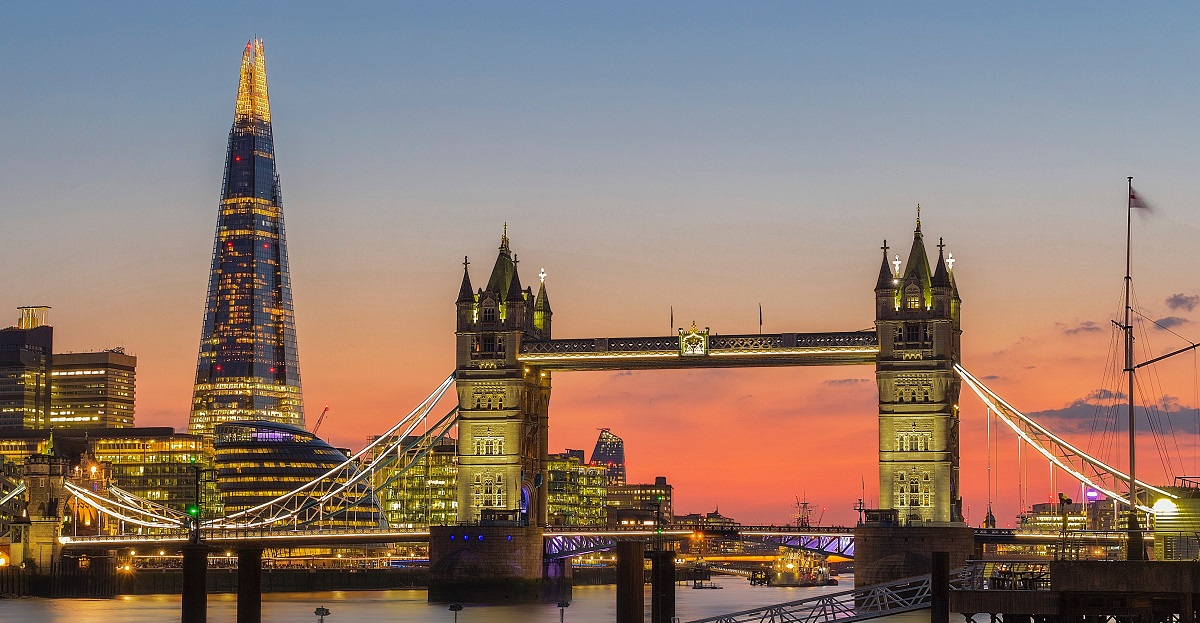
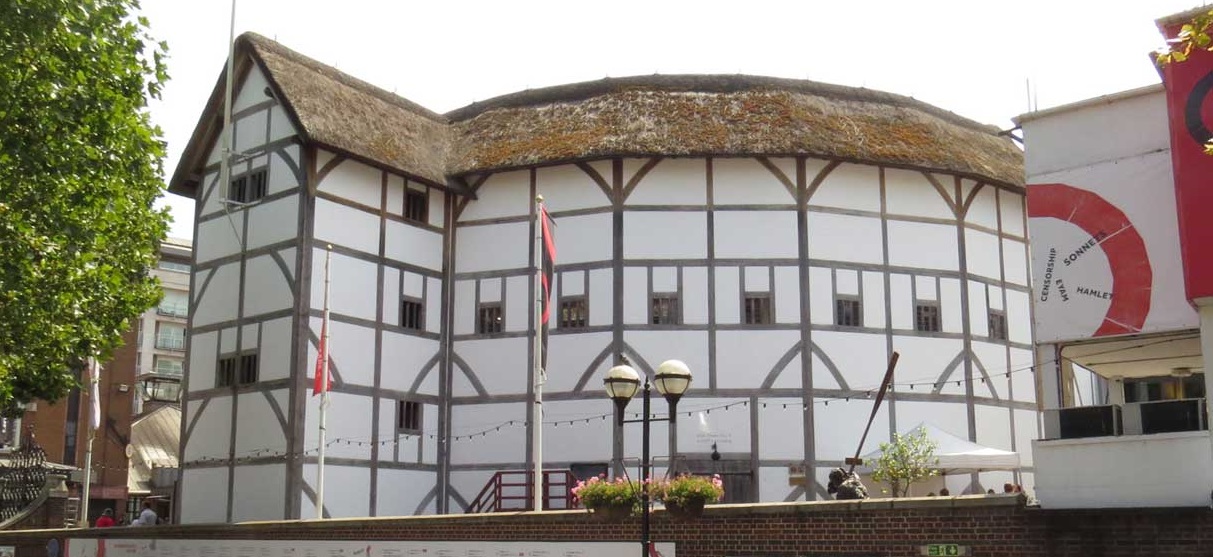
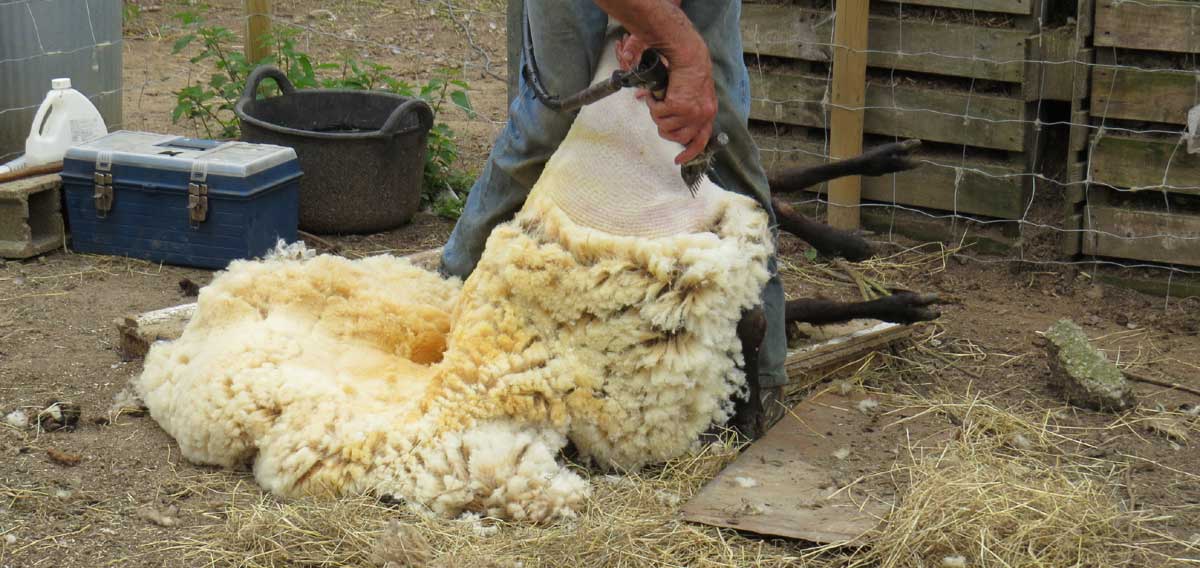
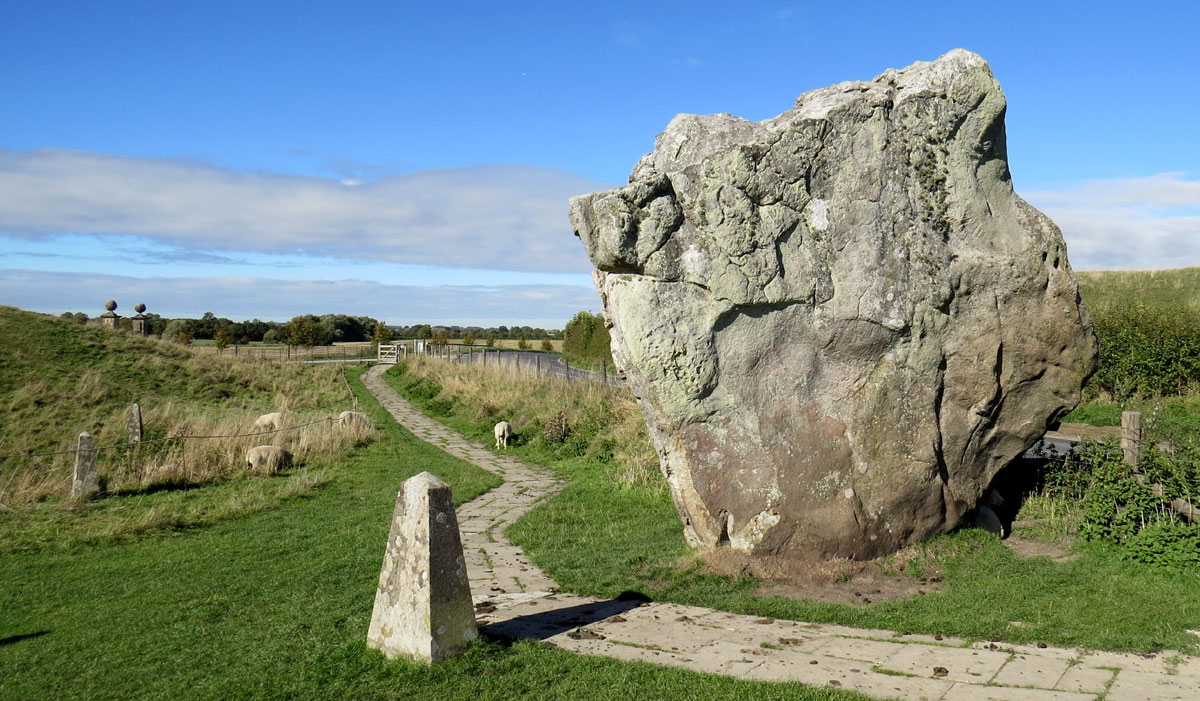
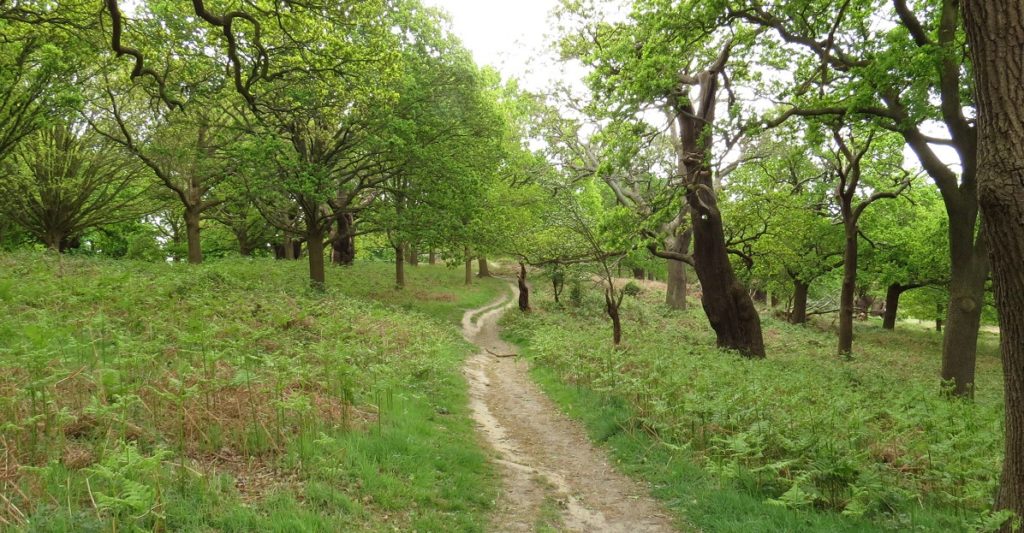
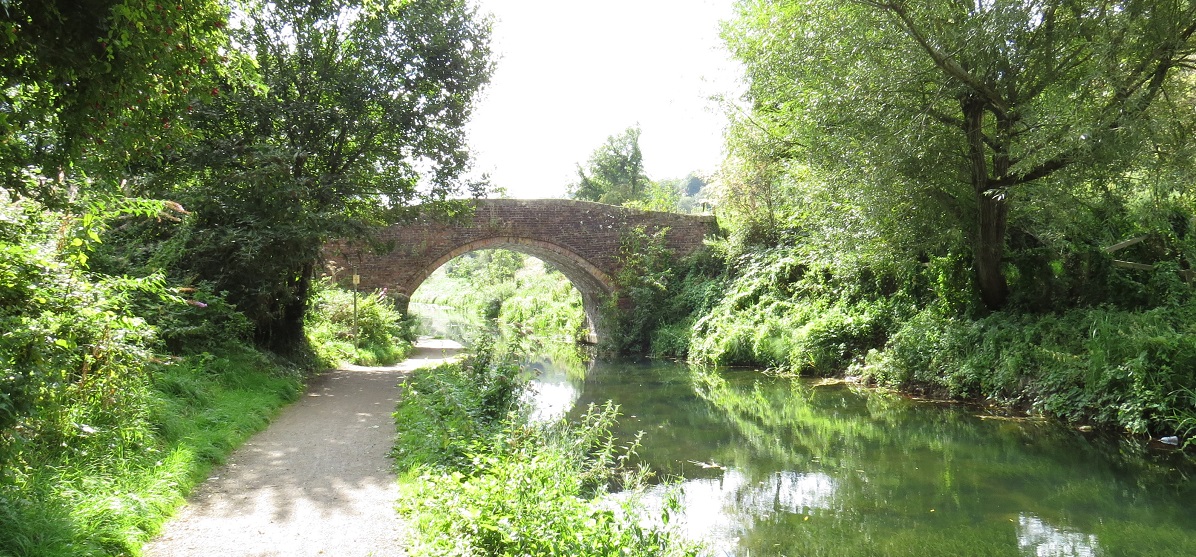

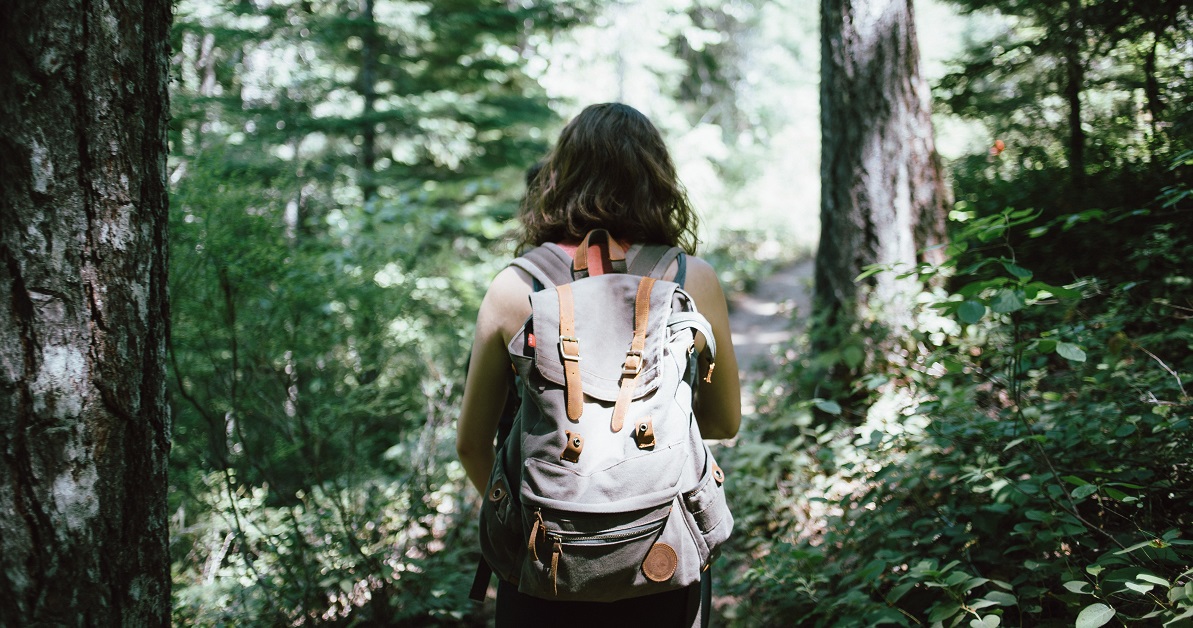
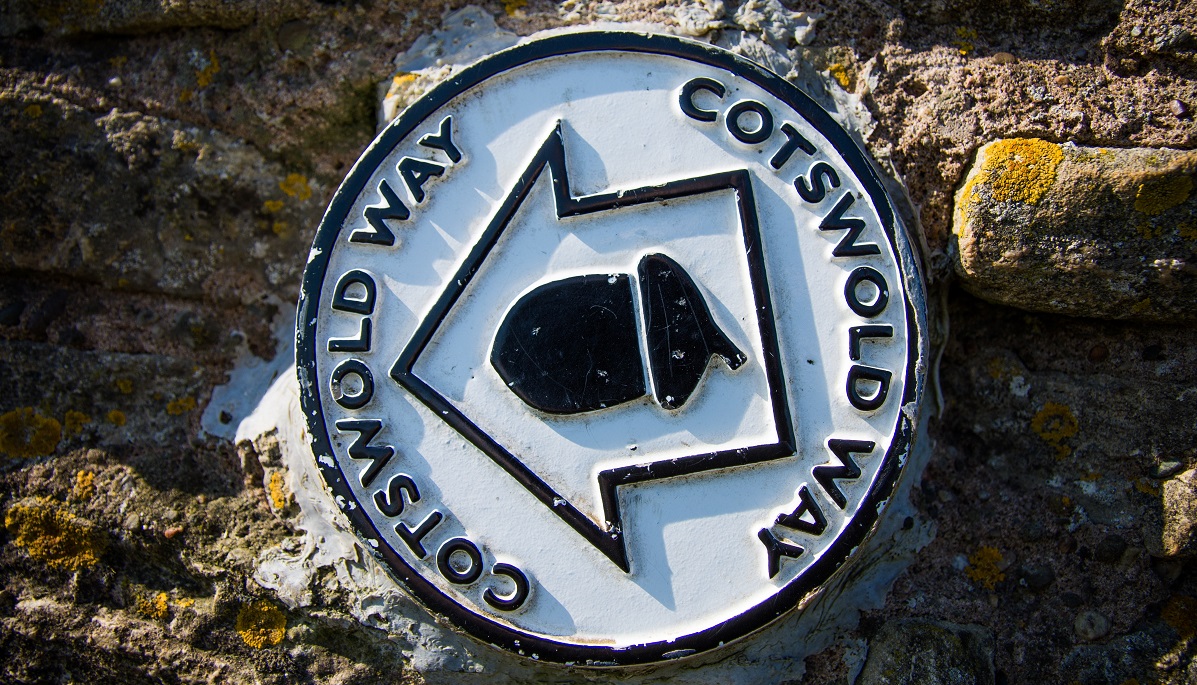
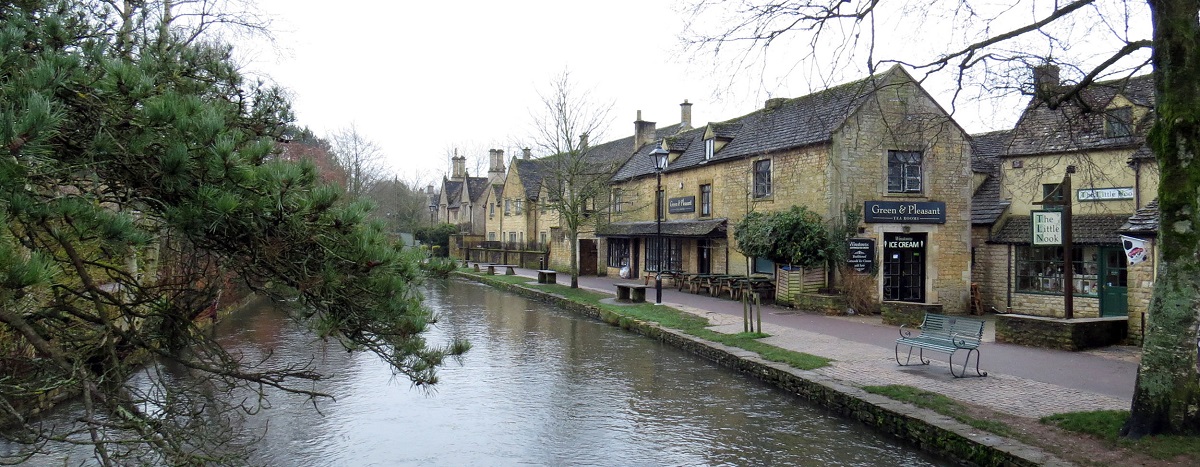
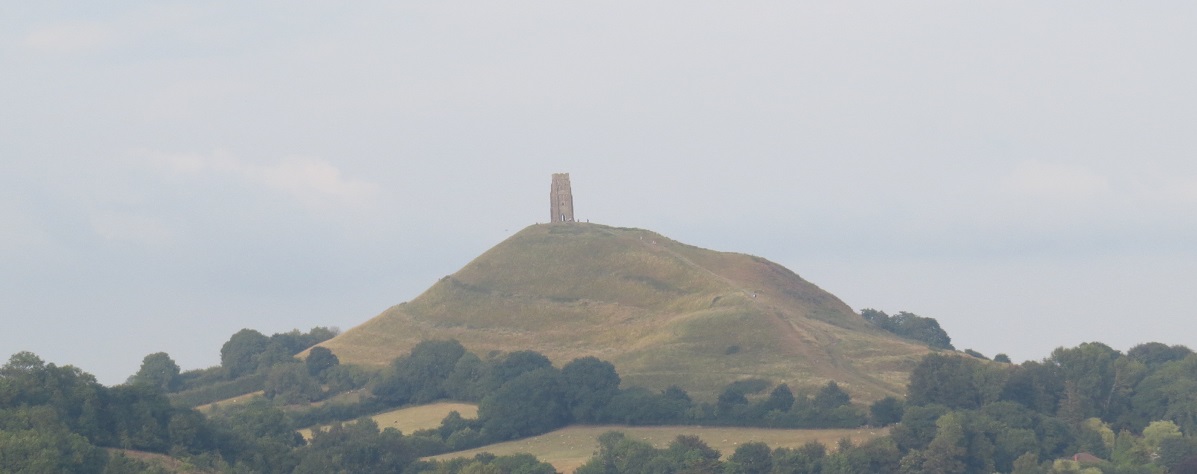
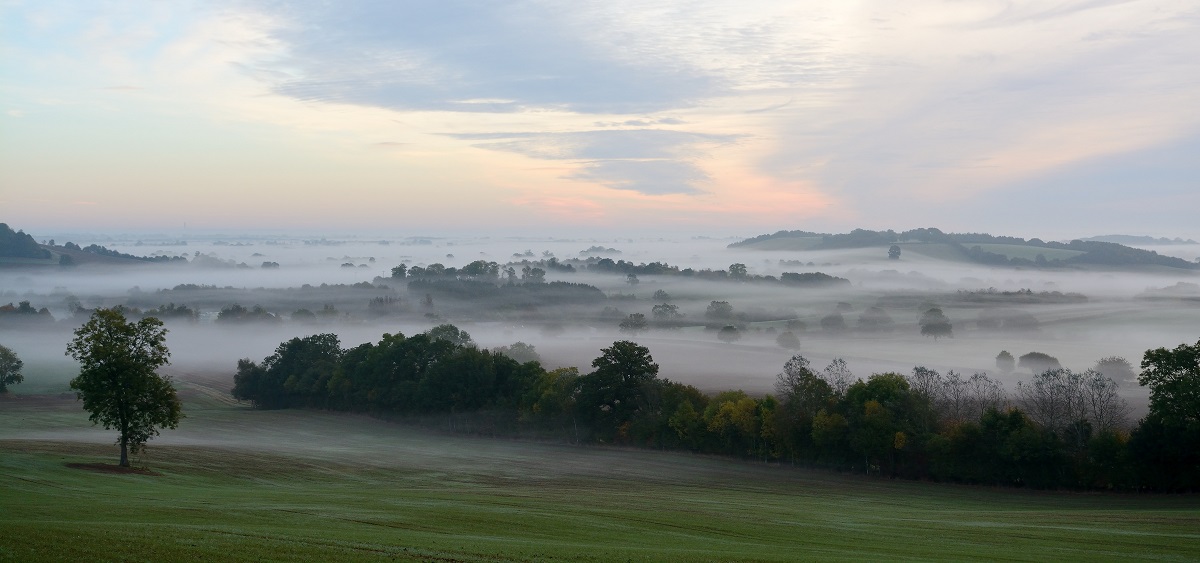

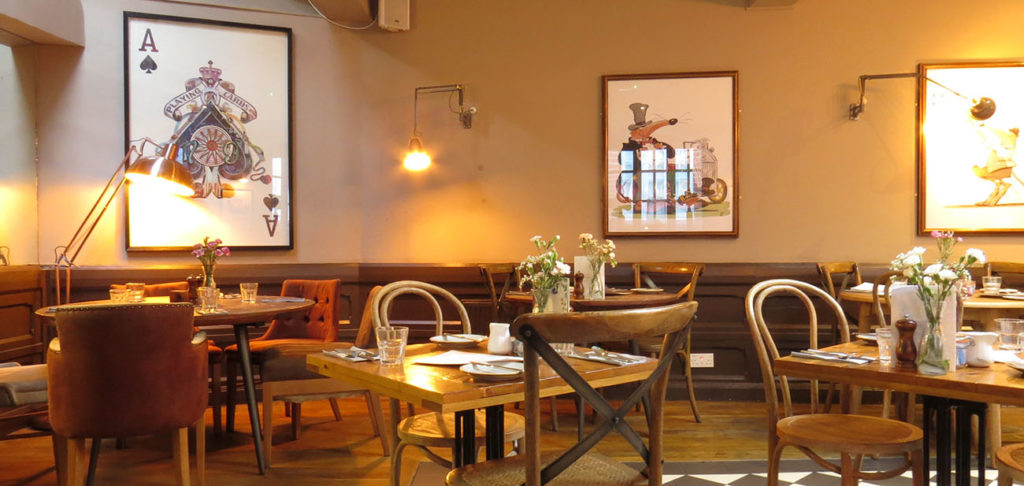
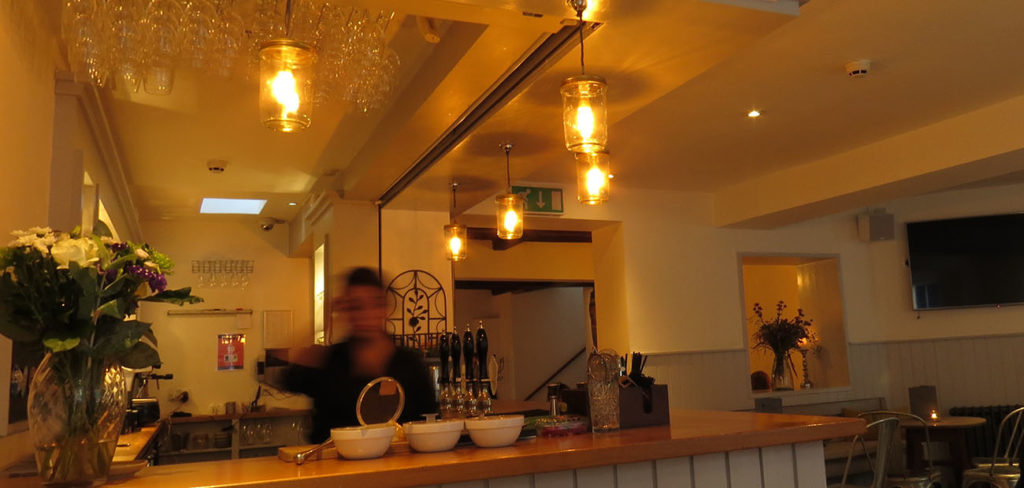
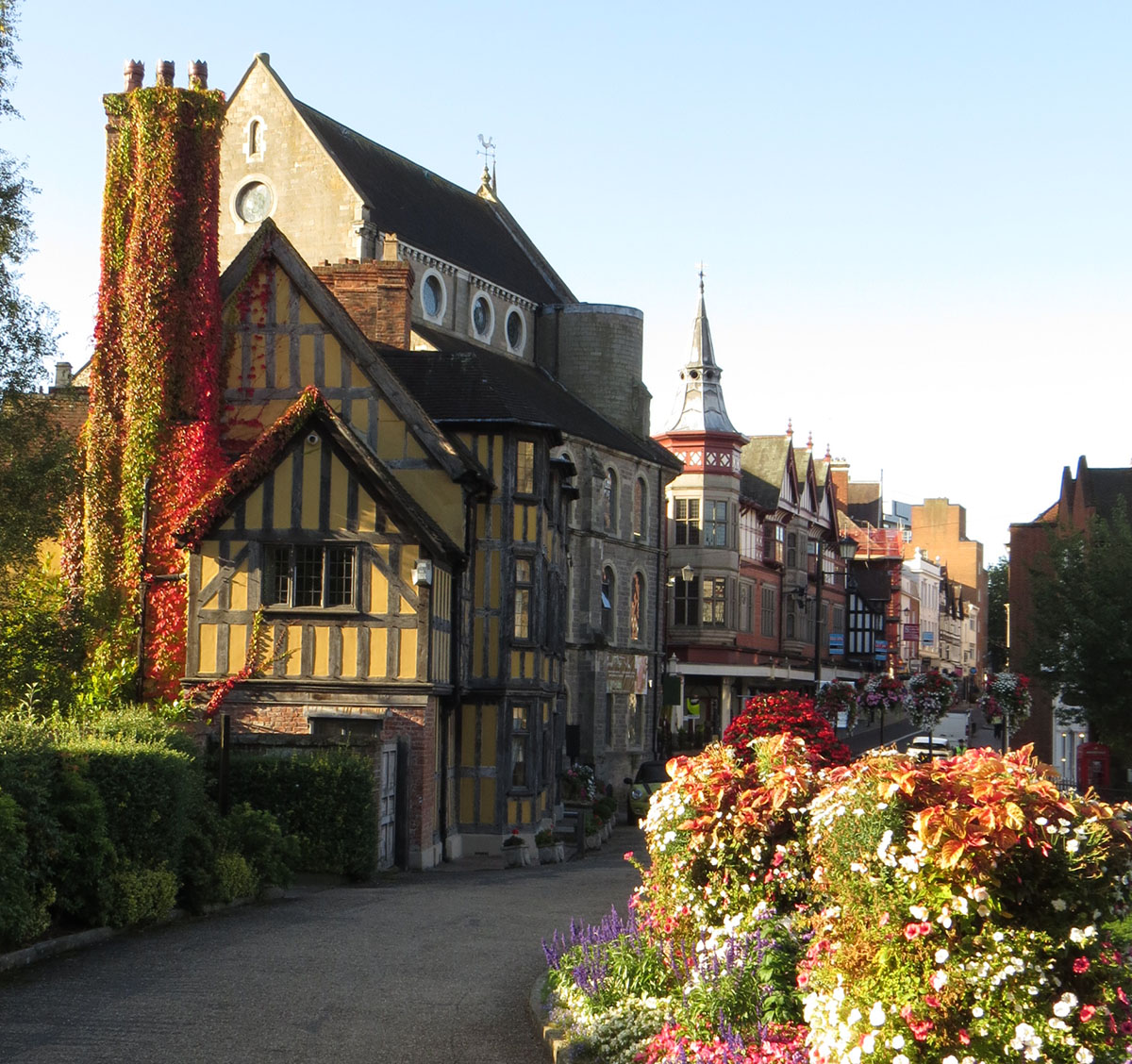
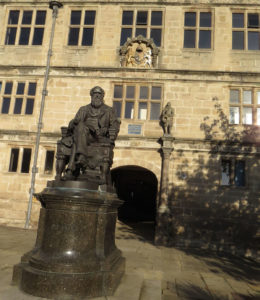
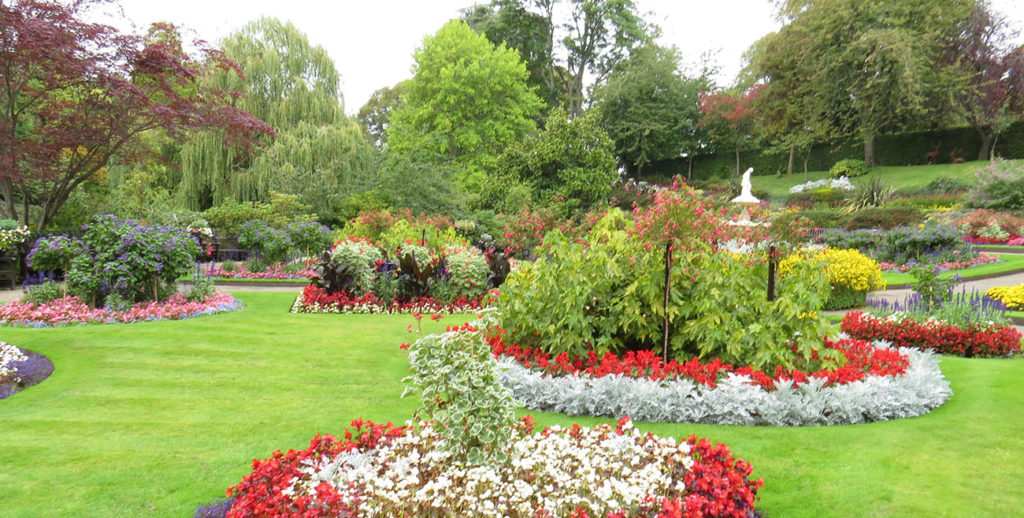
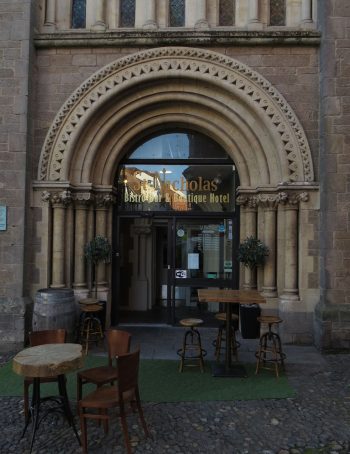
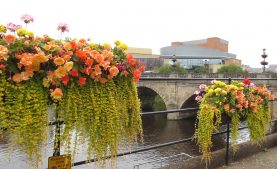


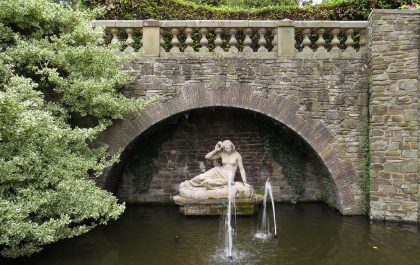
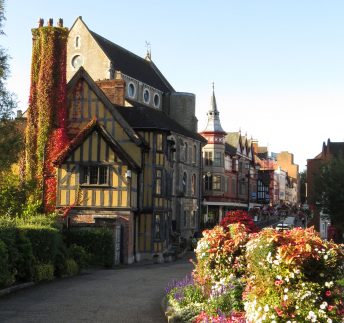
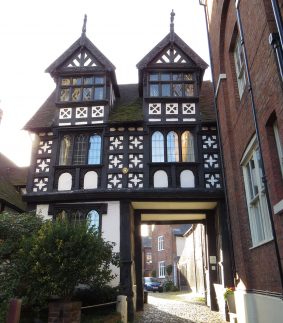
 overrun by wild hordes
overrun by wild hordes

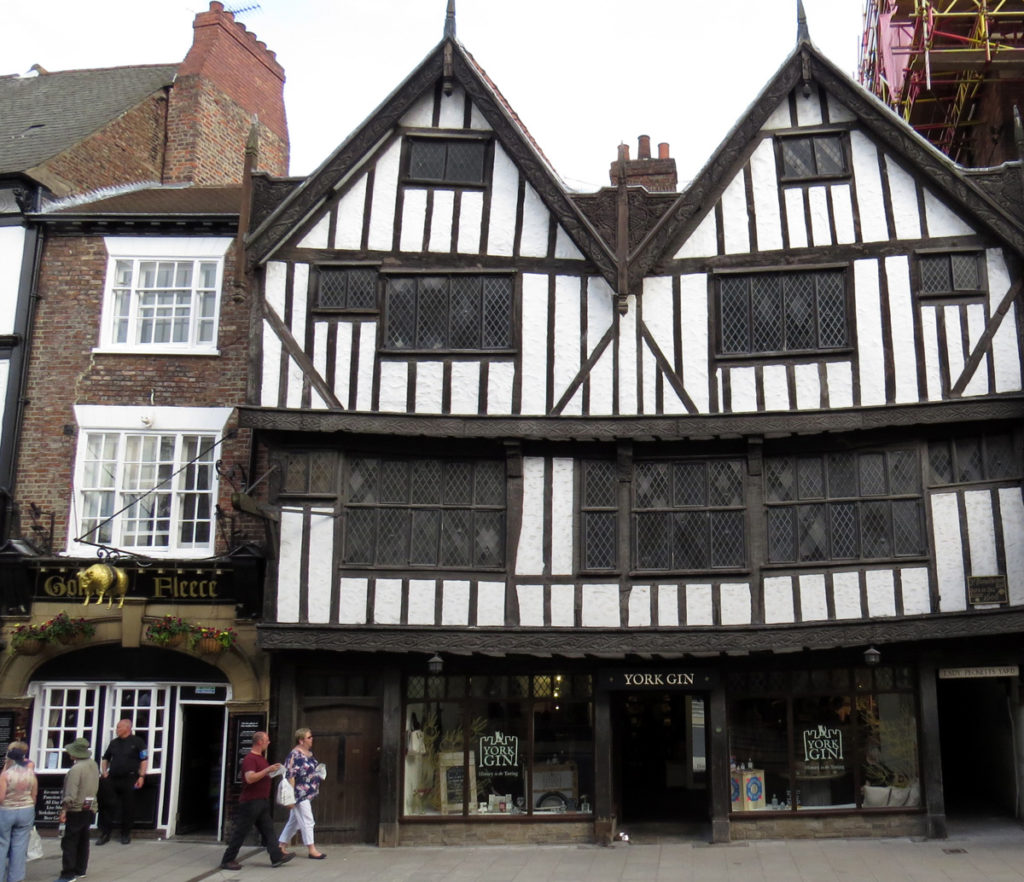

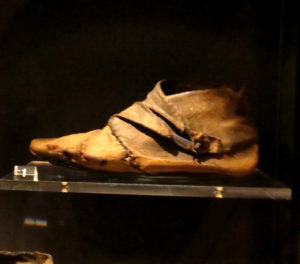 Here is a great interview with
Here is a great interview with 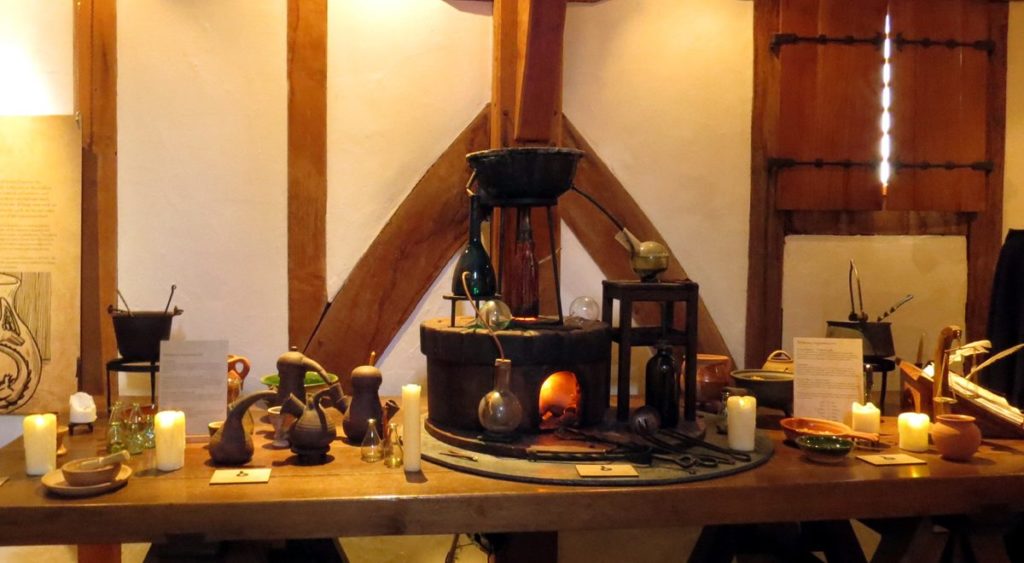
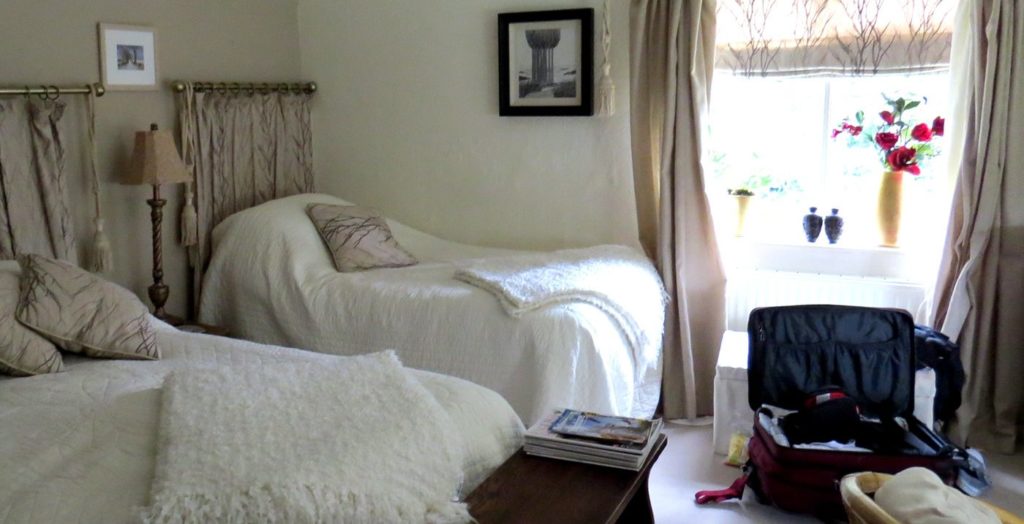
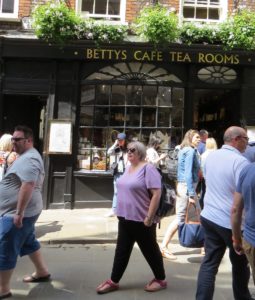 Despite being in the countryside, there are a few places to eat nearby.
Despite being in the countryside, there are a few places to eat nearby. 

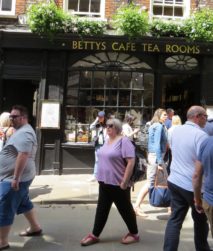

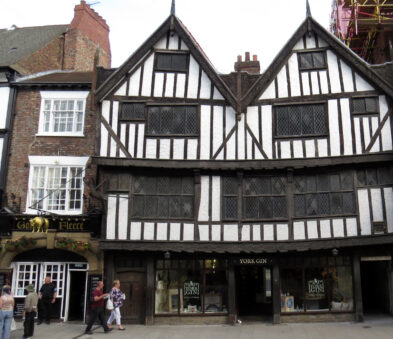




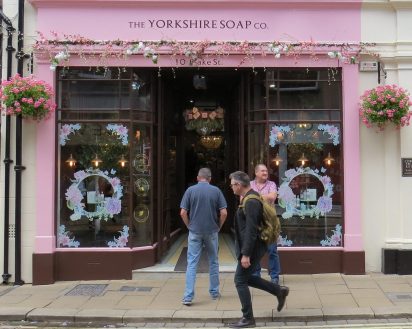


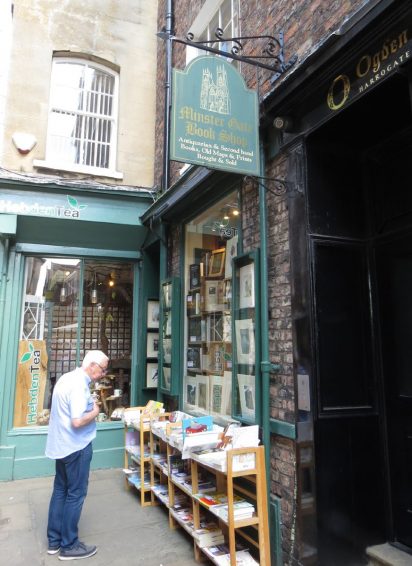

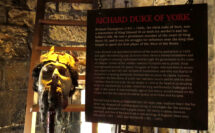
 Until I saw the designs and wallpaper and recognized them immediately.
Until I saw the designs and wallpaper and recognized them immediately.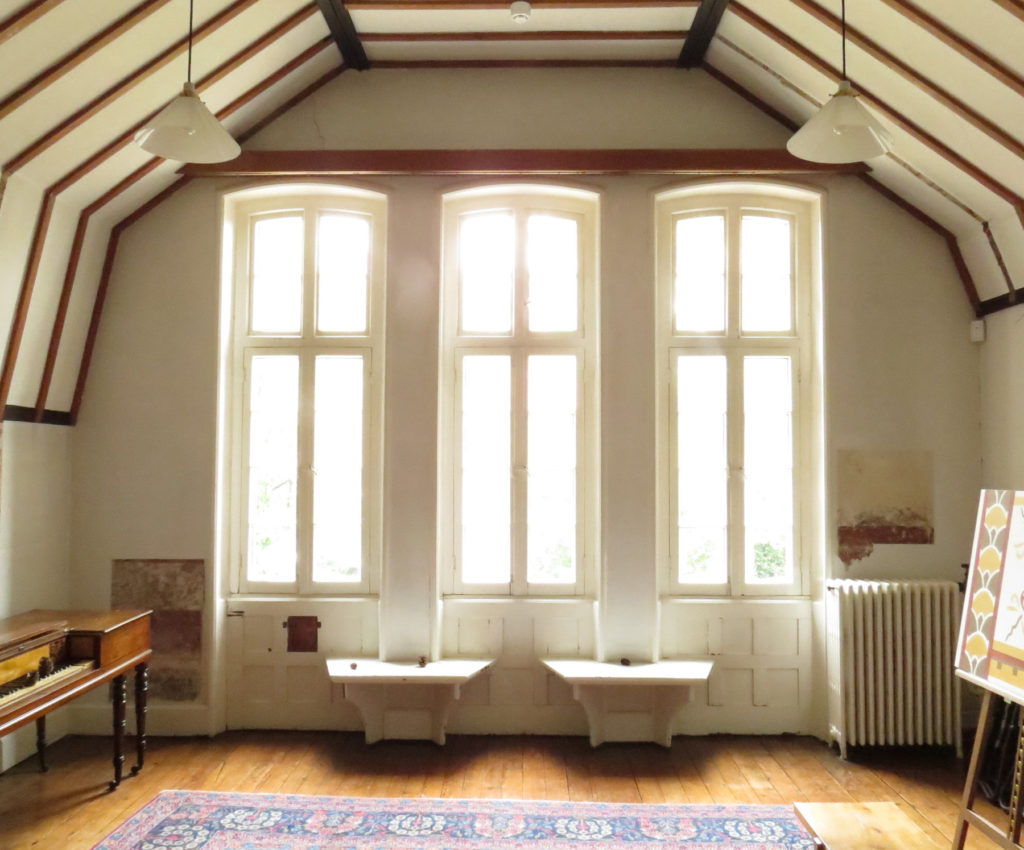
 Some of the furniture was made especially for the house, and hence certainly makes a statement. It’s a quirky place with lots of creative details that add to the character and charm. All the while, William Morris’s own personality and beliefs are embodied in the walls and even in the ceiling.
Some of the furniture was made especially for the house, and hence certainly makes a statement. It’s a quirky place with lots of creative details that add to the character and charm. All the while, William Morris’s own personality and beliefs are embodied in the walls and even in the ceiling.

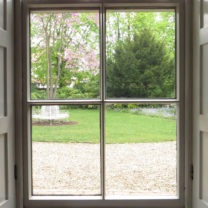



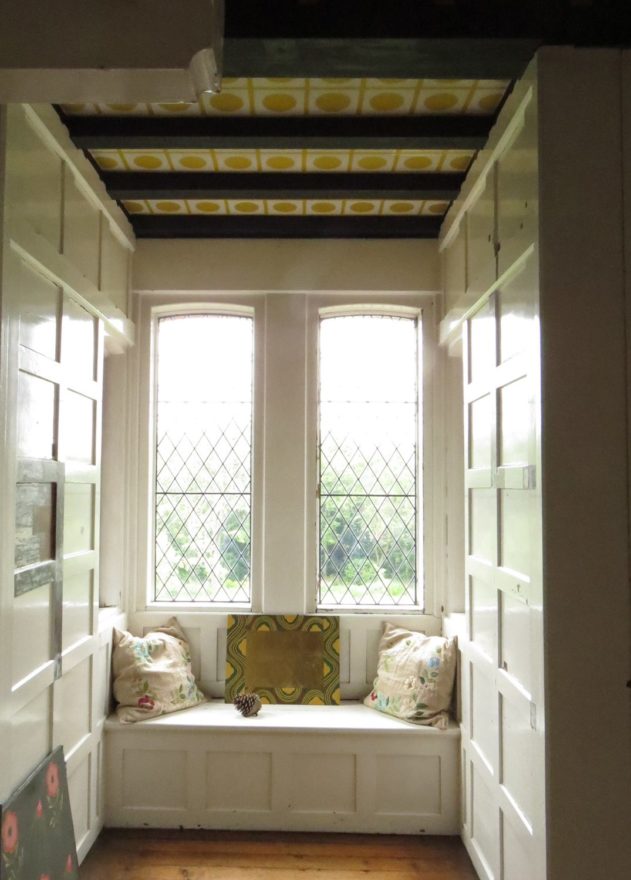
 Everyone eyes the person clinging to their freshly brewed coffee precariously. The other day I spotted a woman accidentally spill her takeaway coffee all over herself. Thankfully there was now less coffee in the world to land on me. While I’ve not had coffee spilt on me (YET), I have had yogurt flicked all over me.
Everyone eyes the person clinging to their freshly brewed coffee precariously. The other day I spotted a woman accidentally spill her takeaway coffee all over herself. Thankfully there was now less coffee in the world to land on me. While I’ve not had coffee spilt on me (YET), I have had yogurt flicked all over me.
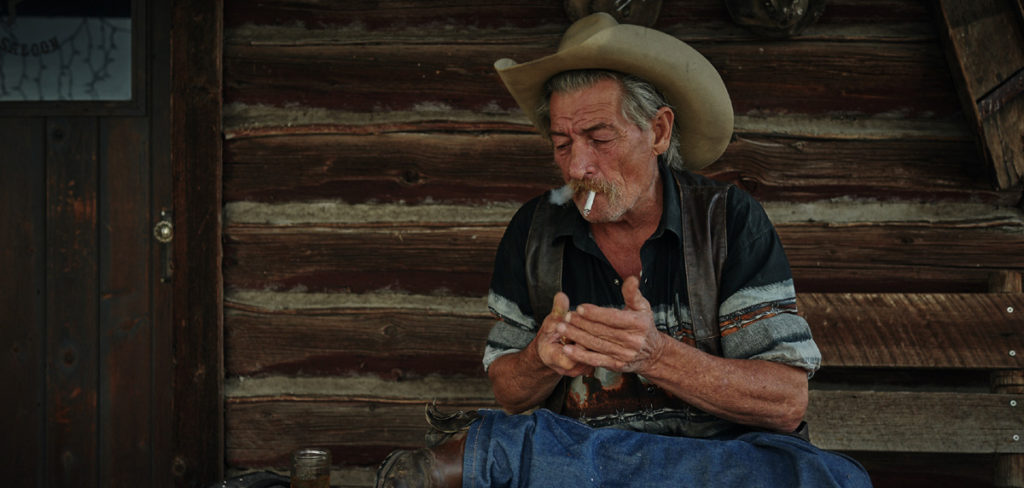
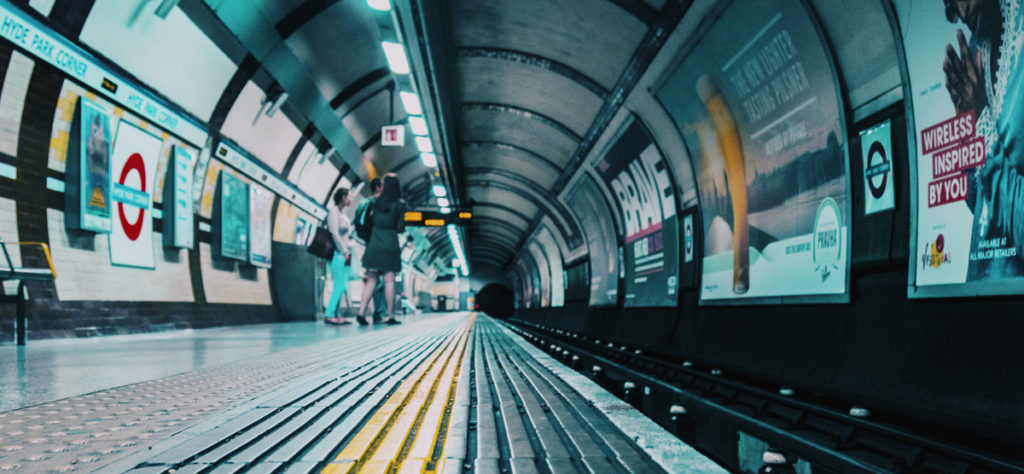
 Yet, there is no ‘Get the f&%k up, I’m old’ badge, which is a good idea as people are not very forthcoming with their seats.
Yet, there is no ‘Get the f&%k up, I’m old’ badge, which is a good idea as people are not very forthcoming with their seats.
 seat? By keeping all eyes on their phone – even if sitting in the priority seat – they can avoid getting up.
seat? By keeping all eyes on their phone – even if sitting in the priority seat – they can avoid getting up.





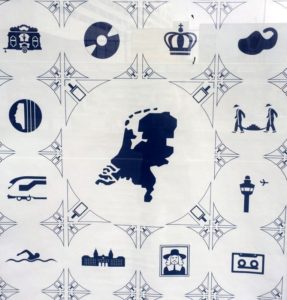 There are many idiosyncrasies that sum up Holland (the Netherlands) that many people miss when visiting. However, are never lost on a Dutch person coming home.
There are many idiosyncrasies that sum up Holland (the Netherlands) that many people miss when visiting. However, are never lost on a Dutch person coming home. The last visit was a short one, for an avid traveller as much as I like to visit my country and reminisce and see my favourite haunts. I’ll be honest and prefer to visit new countries and experience new cultures.
The last visit was a short one, for an avid traveller as much as I like to visit my country and reminisce and see my favourite haunts. I’ll be honest and prefer to visit new countries and experience new cultures.